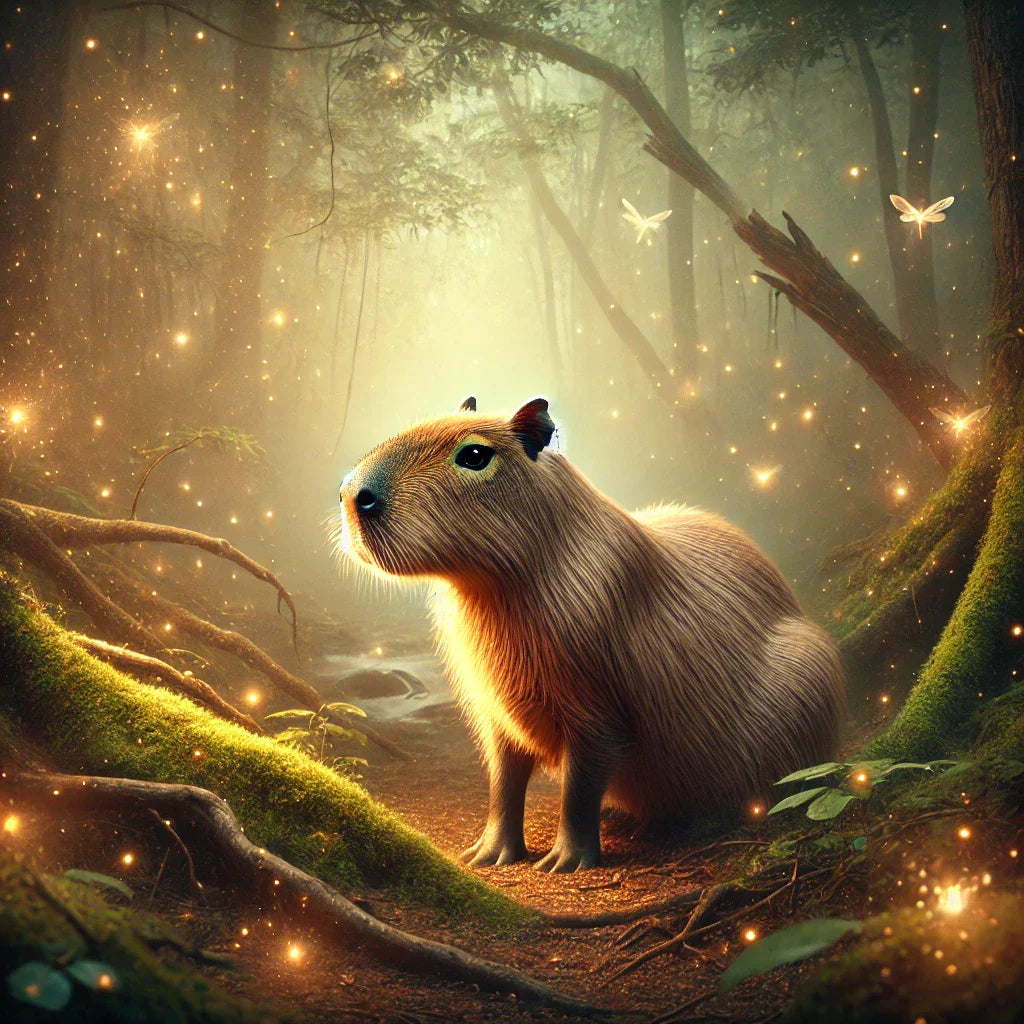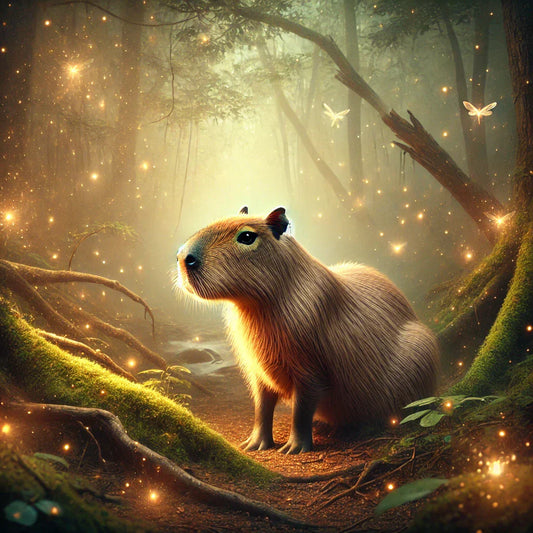
Capybara Myths and Misconceptions: Separating Fact from Fiction
Share
Capybaras, the world’s largest rodents, have captured the hearts of animal lovers worldwide. Their calm nature and adorable appearance have led to many myths and misconceptions about them. While some believe capybaras make perfect pets, others think they are just oversized guinea pigs. In this article, we’ll debunk common myths about capybaras and uncover the real facts behind these fascinating creatures.
Buy Now
Myth #1: Capybaras Are Just Giant Guinea Pigs
Fact: While capybaras and guinea pigs belong to the same rodent family (Caviidae), they are very different animals. Capybaras are semi-aquatic mammals that require access to water for survival, whereas guinea pigs are land-dwelling rodents with entirely different care needs.
Myth #2: Capybaras Are Always Friendly and Social
Fact: Although capybaras are known for their social nature, they still have a hierarchy within their groups. In the wild, dominant capybaras assert control over their territory, and conflicts can arise. While they are peaceful animals, they can become aggressive if threatened or uncomfortable.
Myth #3: Capybaras Make the Perfect Pet
Fact: Many people assume capybaras are easy to keep as pets due to their gentle demeanor. However, capybaras have specific needs, including large outdoor spaces, constant access to water, and companionship from other capybaras. In many places, it is illegal to own a capybara without special permits.
Myth #4: Capybaras Can Live Alone
Fact: Capybaras are highly social animals that thrive in groups. In the wild, they live in herds of 10–20 individuals. Keeping a single capybara in isolation can lead to stress, depression, and behavioral issues. If kept in captivity, they require at least one other capybara companion.
Myth #5: Capybaras Are Lazy and Slow
Fact: Capybaras may appear relaxed, but they are quite agile and quick when necessary. They can run up to 35 km/h (22 mph) to escape predators and are excellent swimmers, using their webbed feet to move swiftly through water.
Myth #6: Capybaras Only Live in South America
Fact: While capybaras are native to South America, they have been introduced to other regions, including Florida and Japan, where they are often seen in zoos, sanctuaries, and even hot spring resorts. Their adaptability has allowed them to thrive in various climates.
Myth #7: Capybaras and Crocodiles Are Best Friends
Fact: Viral images of capybaras lounging near caimans (a type of crocodilian) have led people to believe they are friendly companions. In reality, caimans usually do not prey on adult capybaras due to their size, but they will eat younger or weaker individuals if given the chance. Their coexistence is more about tolerance than friendship.
Myth #8: Capybaras Don’t Need Much Water
Fact: Capybaras are semi-aquatic and require constant access to water to regulate their body temperature and escape from predators. They spend a significant amount of time in rivers, lakes, and wetlands, making a water source essential for their survival.
Conclusion
Capybaras are unique, intelligent, and social animals that have been widely misunderstood due to myths and misinformation. While they are indeed gentle and fascinating creatures, they have specific needs and behaviors that must be respected. By understanding the truth about capybaras, we can appreciate them for who they truly are—nature’s most sociable rodents.
Keywords:
capybara wall art, wildlife canvas prints, capybara myths, capybara facts, capybara misconceptions, nature-inspired home decor, animal wall art, capybara painting, capybara artwork, capybara print, capybara home decor, capybara photo print, cute capybara art, capybara lovers gift, exotic animal art, capybara-themed decor, capybara photography, wildlife lover gifts, capybara personality, capybara fun facts.












